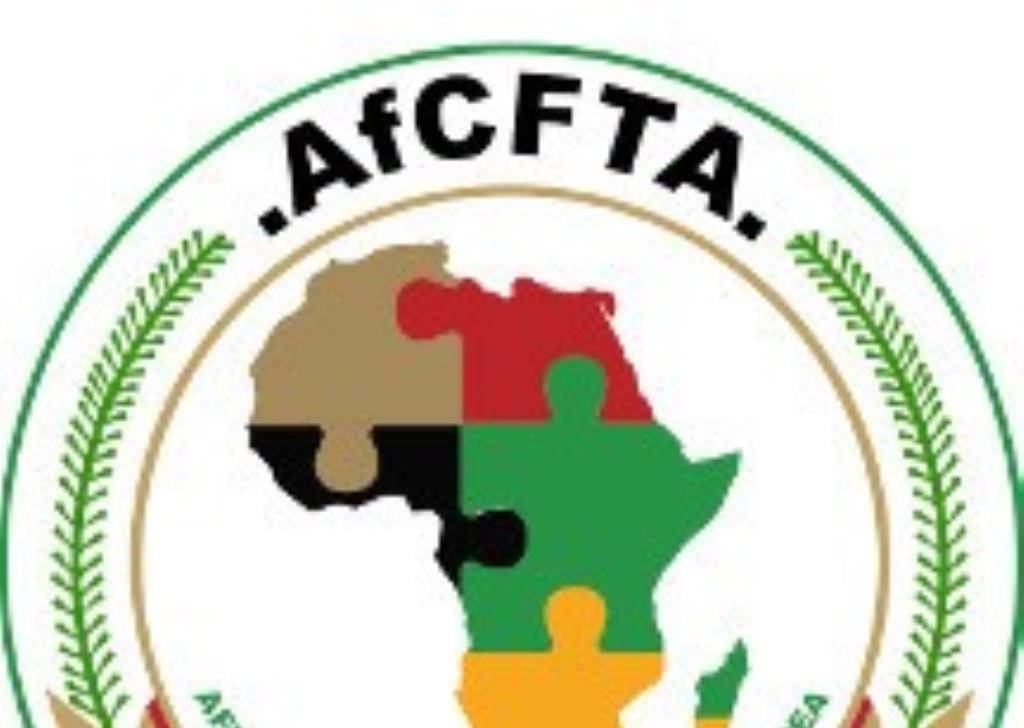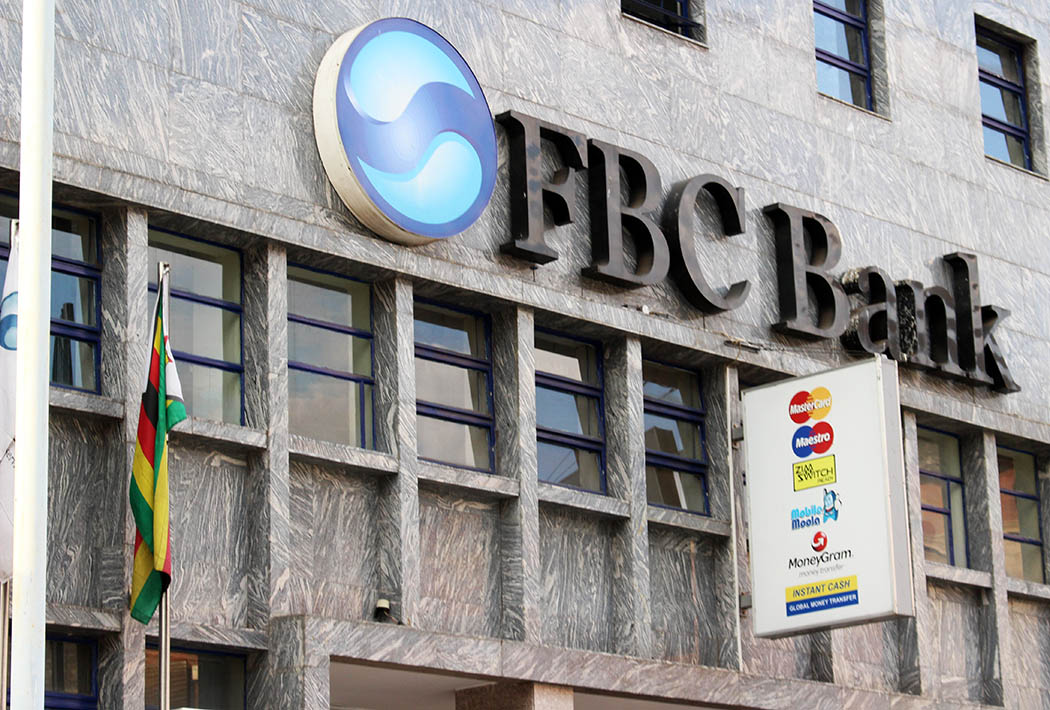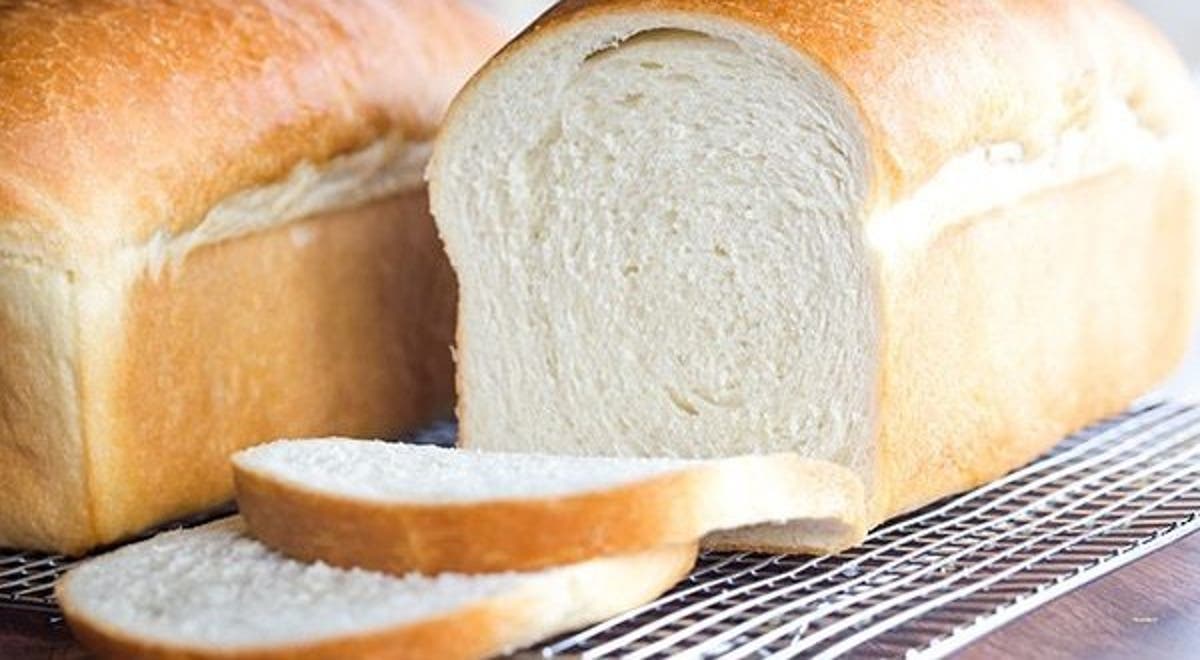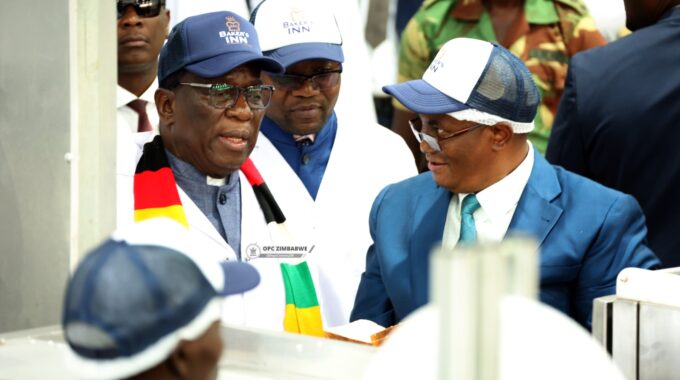Tobacco export volumes up 106% in two months
ZIMBABWE’S tobacco exports jumped significantly in the first two months of 2024, according to data released by the Tobacco Industry and Marketing Board (TIMB).
The total volume of tobacco exported in January and February 2024 was 56,5 million kilogrammes, a whopping 106 percent increase from the 27,6 million kilogrammes exported during the same period in 2023.
The value of tobacco exports also skyrocketed, reaching US$369,6 million in 2024 compared to US$122,2 million in 2023, representing a growth of nearly 200 percent.
The Far East has been the largest recipient of tobacco exports in both years, with exports to the region more than quadrupling in 2024 to 40,6 million kilogrammes. Exports to Africa and the Middle East also showed significant increases.
Zimbabwe had its best tobacco production season in 2023, after deliveries reached a record 296 million while the crop fetched good prices.
While tobacco is Zimbabwe’s second-largest foreign currency earner after gold, a closer look reveals a troubling reality.
After exports, a significant portion of the proceeds are channelled towards paying off offshore loans used to finance tobacco contract schemes, further diminishing net earnings. A major concern plaguing the industry is the inflated cost of inputs like seeds, fertilisers and pesticides. There is consensus among stakeholders that these costs are often significantly inflated.
Merchants stand accused of supplying inadequate quality inputs or simply charging exorbitant prices. Furthermore, their costing structures seem designed primarily to maximise profits from input distribution. Industry players allege that some merchants employ a variety of tactics to inflate costs. These include stretching margins, adding exorbitant administration costs, and even imposing interest charges on the value of inputs.
The practice, known as transfer pricing, artificially increases the cost of production, leading to higher foreign obligations and ultimately, reduced net export proceeds.
The Reserve Bank of Zimbabwe estimates that average net inflows from tobacco exports are a meagre 12,5 percent of the total value exported, highlighting the significant drain caused by inflated input costs and loan repayments.
While contract schemes remain the dominant source of funding for the current season, there are indications that alternative financing options might be explored in the future.
The tobacco industry landscape in Zimbabwe involves a layer of intermediaries known as “surrogate merchants.”
Primarily indigenous-owned, these companies act as middlemen, providing inputs to farmers and purchasing their cured tobacco. They then sell the cured product to large merchants for processing and export.
Unfortunately, these surrogates are often accused of squeezing farmers’ profits, by offering low purchase prices for cured tobacco.
In August last year, the central bank abolished the requirement for merchants to rely solely on offshore financing.
The policy shift is aimed at boosting local funding for the tobacco sector. It aligns with the Tobacco Value Chain Transformation Plan’s goal of achieving 70 percent local financing by 2025, aiming to keep more value within the country’s economy.-chronicleoc.zw










